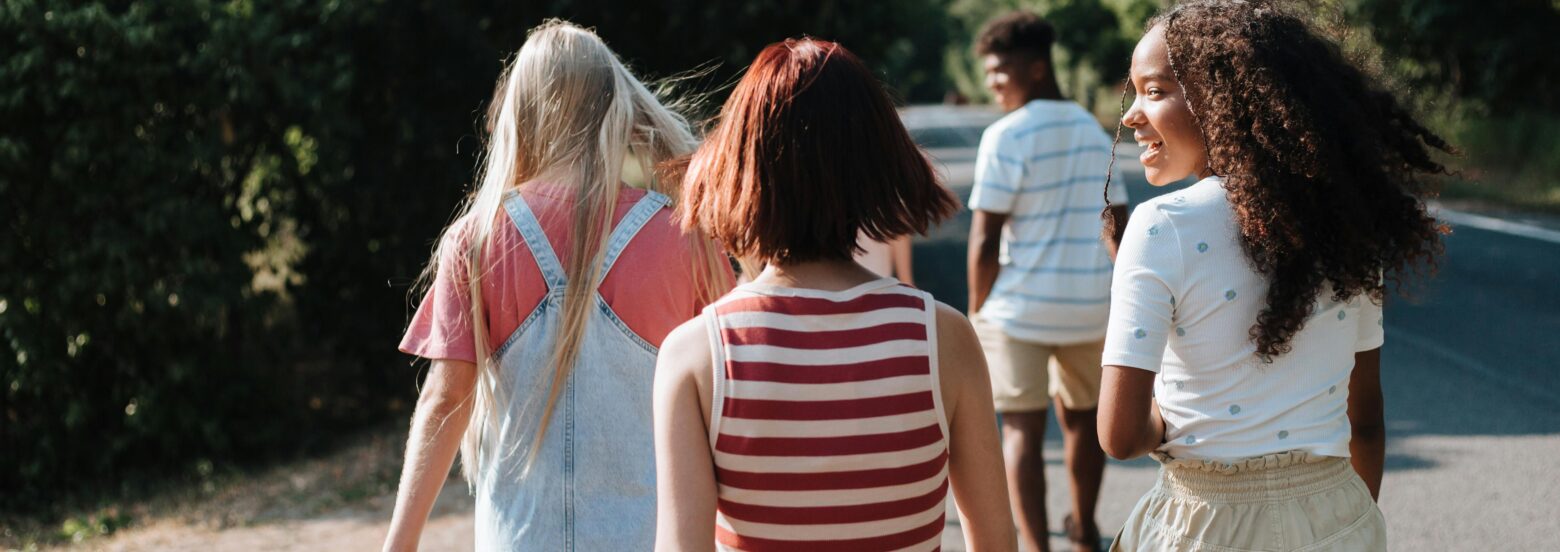Source: (1) Diwali: The Festival of Lights | LinkedIn
Origins
The origins of Diwali is rooted in various legends and historical events. In Hinduism, it commemorates the return of Lord Rama to the kingdom Ayodhya after 14 years of exile and victory over the 10 headed demon Ravana. In Jainism, it marks the nirvana or spiritual awakening of Lord Mahavira. Sikhs celebrate Diwali to honour the release of Guru Hargobind Ji from imprisonment. Despite these diverse origins, the underlying theme of Diwali is of justice, liberation and signifies light over darkness.
Customs and Traditions
Diwali customs and traditions may vary culturally and here is a glimpse of how we would typically celebrate the festival:
- The Prep: There is a massive spring clean ahead of Diwali symbolising the removal of negativity and unwanted energy, to create space for new and positive energy (i.e. a Marie Kondo approved cleanse where our mums would question the purpose of everything we own). We then decorate the house with ‘rangoli’ (intricate patterns made with coloured powders), flowers and lights. As part of the prep, we would also head to our local Diwali market to shop for traditional attire; sarees, salwar or lehenga for women and kurta or dhoti for the men.
- The Oil Bath: The day begins with an oil bath, which is believed to cleanse negative energy from the body, mind and soul. I would always try to get out of this ritual, but my siblings will rat me out to the aunties so there is no escape! The oil bath is followed by prayers and the lighting of lamps, setting the tone for the celebrations to come.
- The Pooja: During Diwali, special prayers and rituals are performed, known as the pooja, either at the temple or at home to seek blessings from deities. Some families also do the pooja at their offices if they run their own business, to bless their place of work and for future prosperity. Then comes the anticipated gift exchange and the rule is that the eldest in the family (in my case, my grandparents) must provide gifts to the “kids” (i.e. everyone who is younger than them) in the family, as blessings.
- The Diwali Treats: The best part of the festival is growing out your Diwali belly by tasting every dish and sweet treat laid out or you risk offending the chef. The exchange of traditional sweets like laddoos, jelebis and halwas among neighbours is a common practice, symbolising the sharing of joy and goodwill.
- The Open House: In Malaysia, for many festivals including Diwali, we host open houses which is a literal translation of opening your doors to invite friends and neighbours to join the festivities. An invite is not required for an open house in my neighbourhood as the hospitality is returned by my neighbours during Eid & Christmas. We start receiving guests from midday onwards and I would then do the open house hop to visit my friends.
- The Fireworks & Card Games: The evenings are reserved for firecrackers and card games, like ‘rummy’, ‘teen patti’ and poker. We play card games because the day is considered auspicious, so everyone would try their luck to win big! As for the firecrackers, it was a rite of passage for every kid in my family to have their go at lighting up the bigger, legally permitted, firecrackers when you are deemed ready. In reality, what this means is you will hold an adults hand as they light it up and run for your life. As a kid, it is common that you start off with the smallest and safest firecracker known as the ‘fuljhadi’, which is essentially a sparkler! The evening continues with music, singing or dancing, lots of food and plenty of opportunities to eat the remaining sweet treats!
Fun fact: this year, the first day of Diwali day falls on 31 October 2024, the same day as Halloween! So, if some lucky trick-or-treaters are provided with laddoos, you know why.
Happy Diwali to those celebrating! Enjoy your mini pumpkin shaped laddoos.
